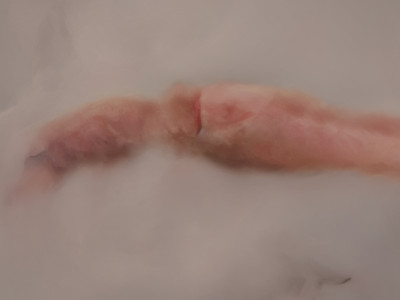
Materials
LCD screens, computer board, GANs, salt.
Size
5 x 5 x 1,5 m
Notes
3-channels Video-installation based on AI / Machine Learning technology.
Reviews
Sharing traumas and understanding the sense of suffering means creating community, unity; a sense of coordination and cooperation in continuous discussion, mutation and relationship with one's own presence and the "rest", continuously investigating the concept of limit and condition.
In the same way, a GAN network was induced to execute commands and at the same time not execute them, placing it in a condition of suffering; with the overlapping of these two contrasting commands through the neural networks it act as a smoothing filter applied to the curve, the settling of the two opposites almost stabilises the trend. Brought into the condition of uncertainty the machine undertakes a direction of individual sense, in some way remotely influenced by the initialisation prompts.
#conflict #distance #uncertainty #suffering #community #understanding #patterns
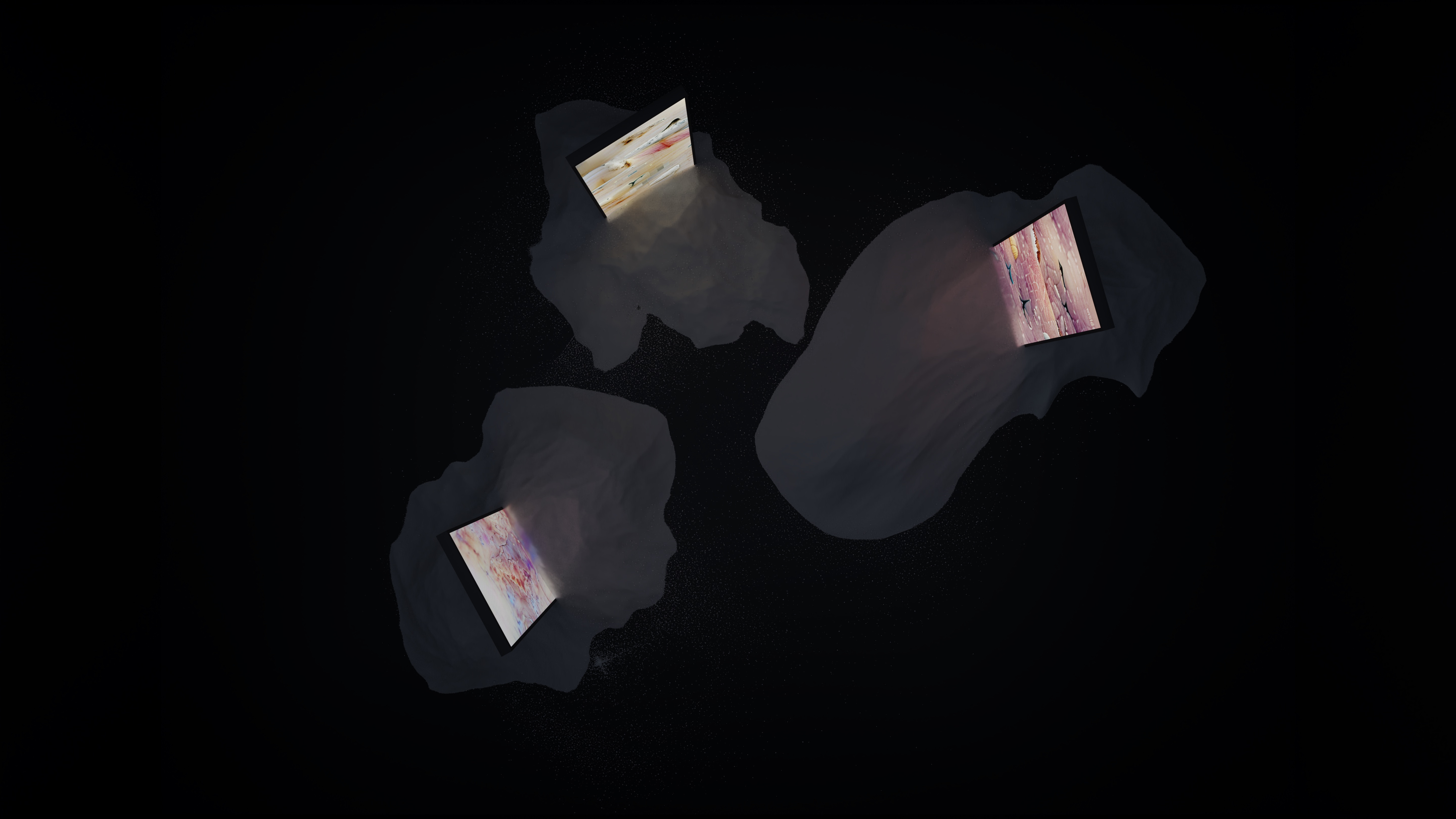
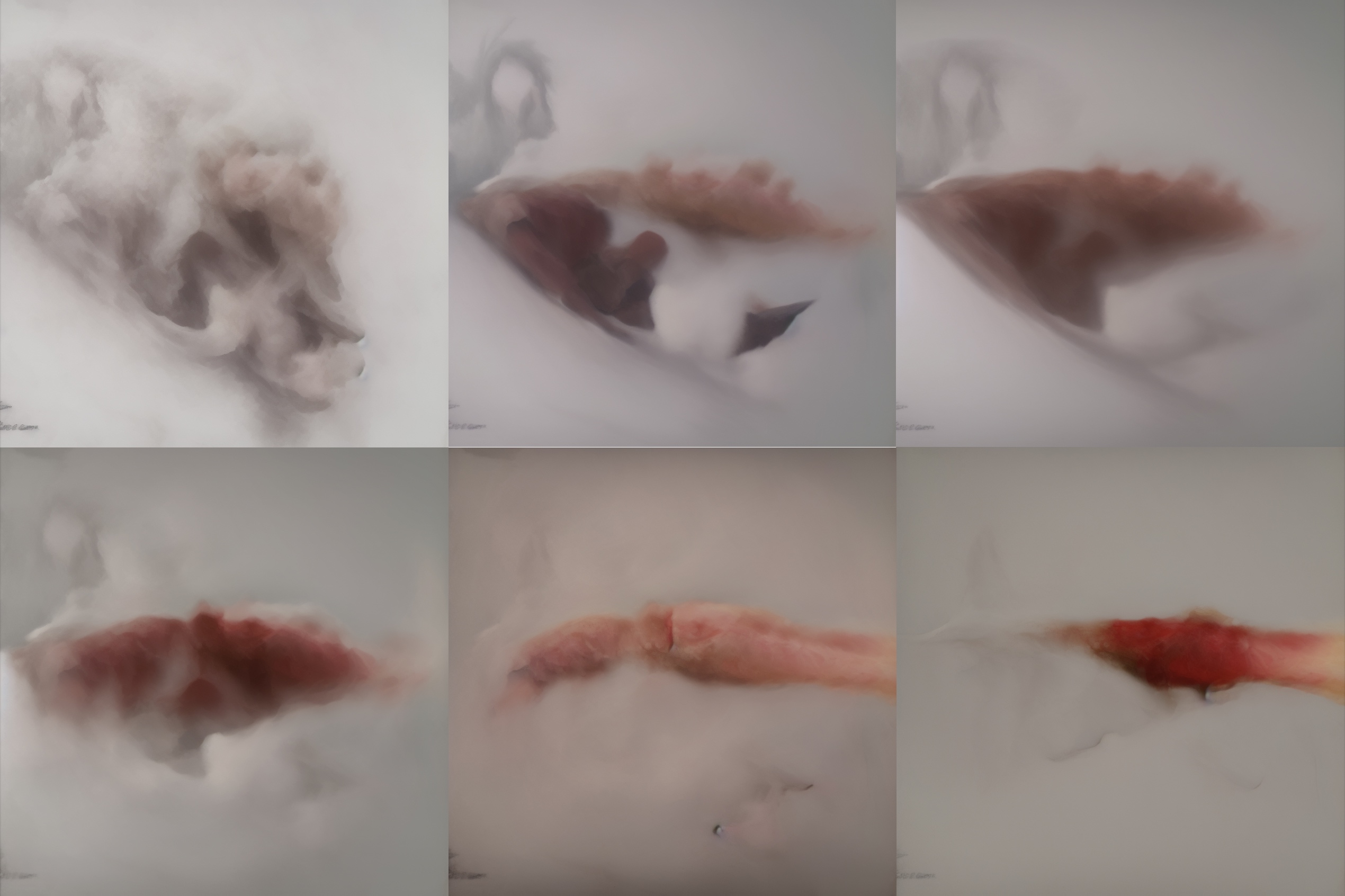
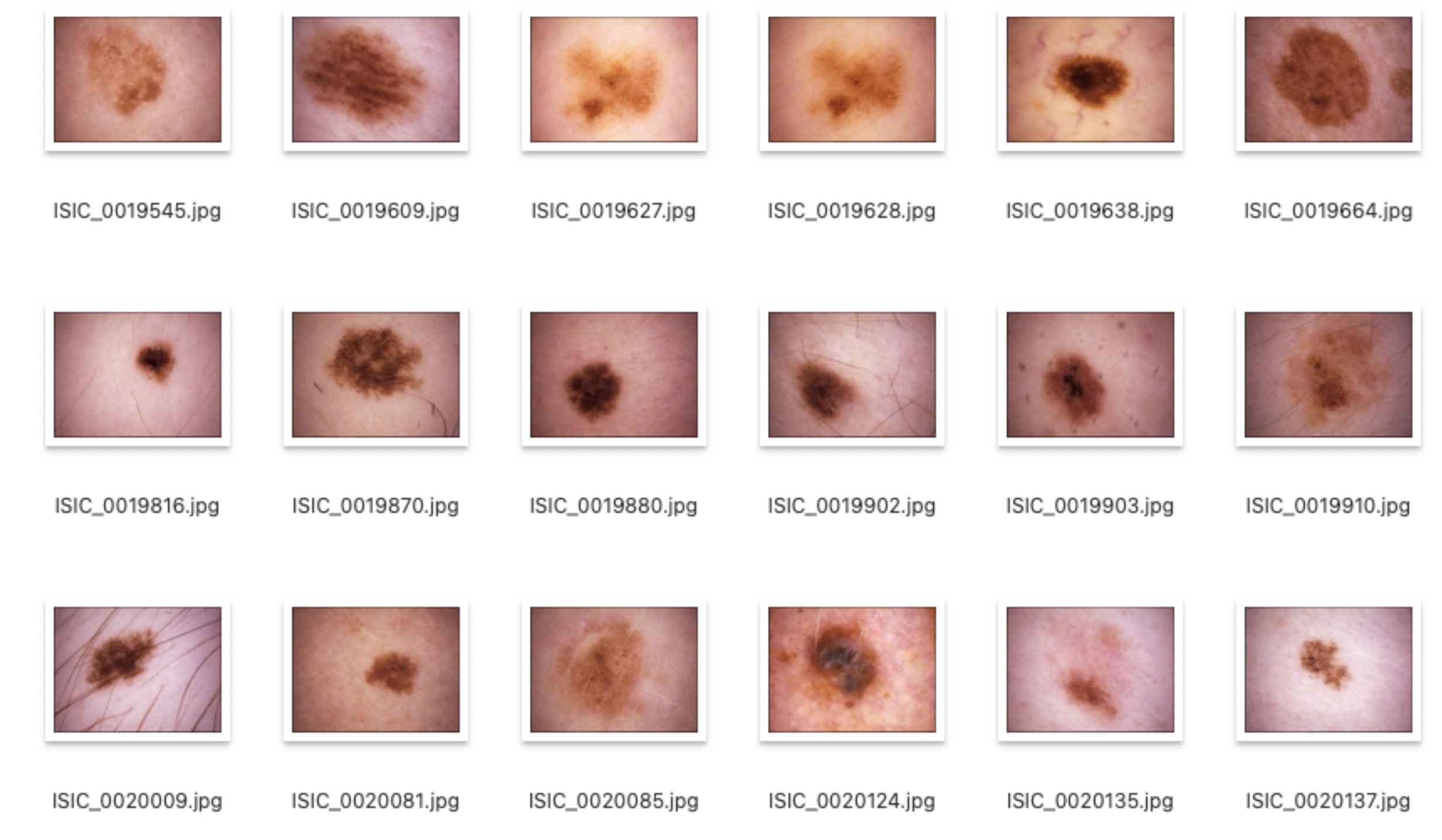
This work was conceived by the need to codify and understand the systems outside of the anthropocentric human perspective. Identifying with a “not-ego”, which perceives its self-awareness as part of a bigger, more complex mechanism, beyond the human being, which leads to the understanding that whatever we don’t see isn’t inherently unrelated to us.
The piece means to close the gap between two opposite worlds, land and water, through those elements that they share such as “scars”, so as to raise awareness in the spectator of ocean sound pollution. It is both a theme and an issue which is invisible and distant, and it leads to the annihilation of many smaller aquatic species and deeply interferes with the echolocation signals of cetaceans, disorienting them and causing them contusion scars.
“Ciò che resta” (literal translation: “What is left”) makes use of traumatic marks left on the bodies of humans and aquatic species to train a Generative Adversarial Network (or GAN) through Machine Learning to create new forms of identity. GANs possess the peculiarity to produce unpredictable results from the stock images in the DataSet. The results of these processes are artefacts of possible scars, hybrid marks, at times undefined, of a utopian symbiosis between different species. The images are produced in real time and produced on three screens, which are vertically placed in the exhibit area.
The screens stand like totems on piles of salt, the same salt which humans rob from the seas and transport in massive cargos, making the greatest source of acoustic ocean pollution.
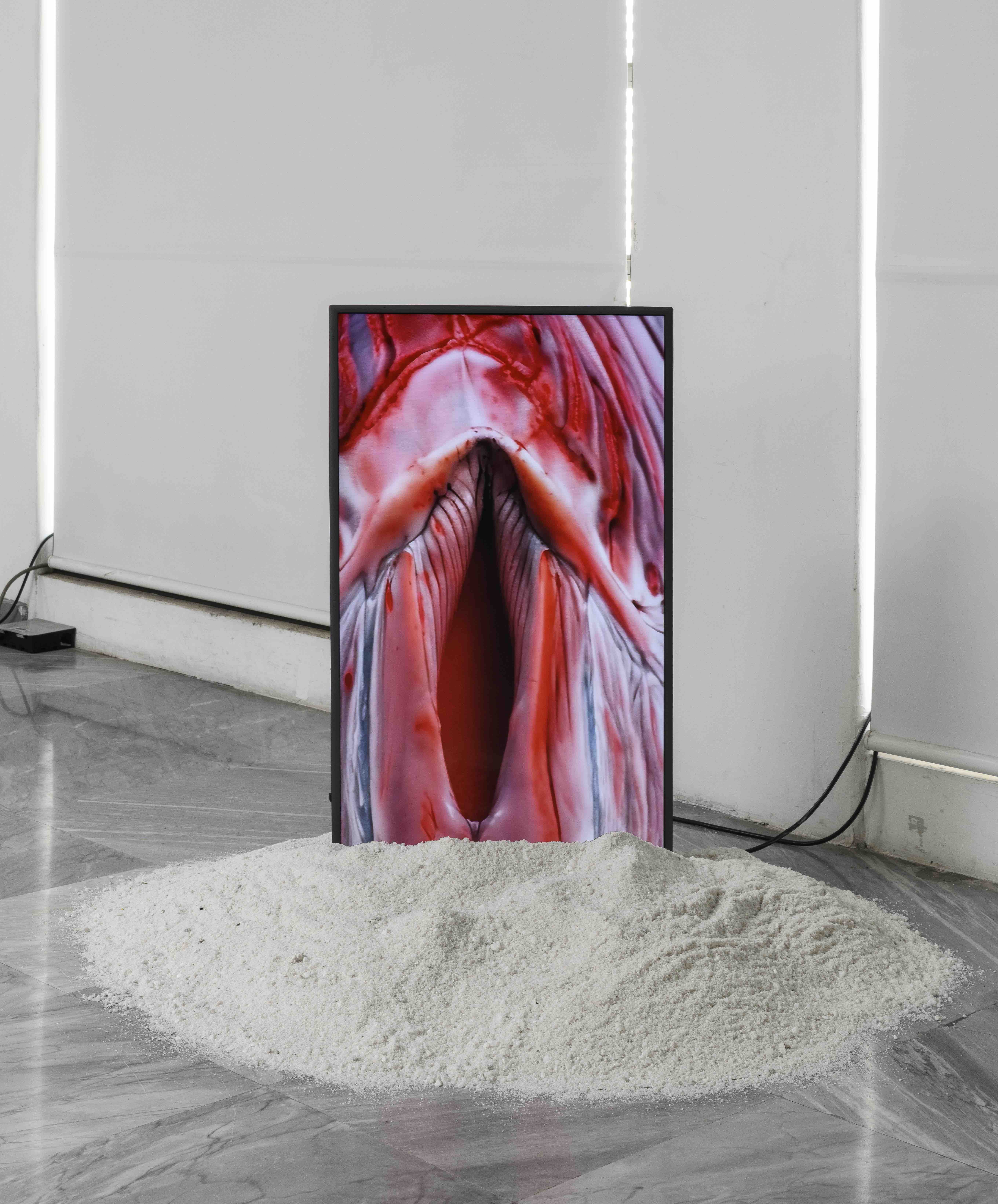
ph~ Giorgio Benni
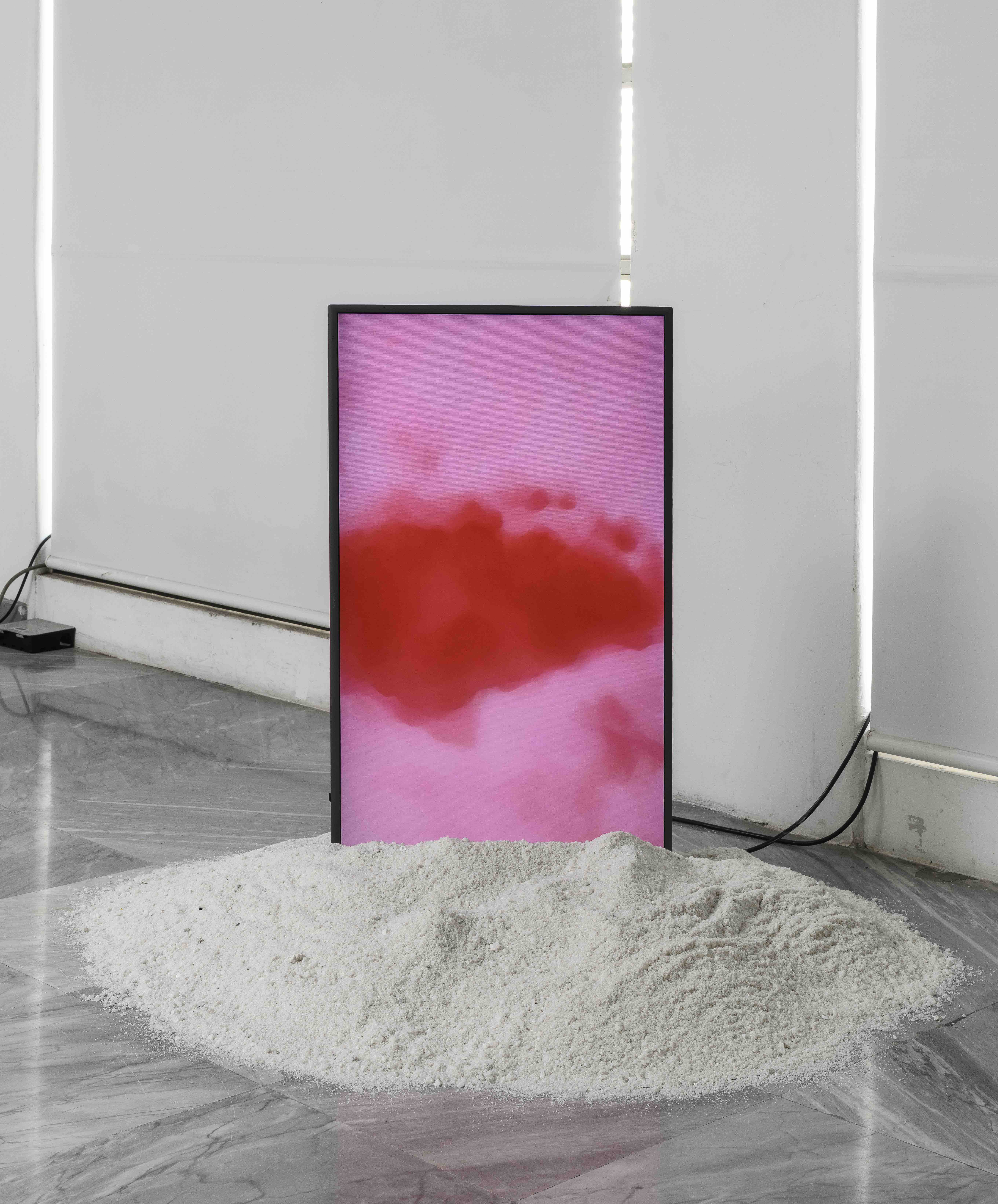
ph~ Giorgio Benni
Credits
Dataset:
The HAM10000 Dataset
A large collection of multi-source dermatoscopic images of common pigmented skin lesions.
[1] Tschandl P., Rosendahl C. & Kittler H. The HAM10000 dataset, a large collection of multi-source dermatoscopic images of common pigmented skin lesions. Sci. Data 5, 180161 doi.10.1038/sdata.2018.161 (2018)
[2] Noel C. F. Codella, David Gutman, M. Emre Celebi, Brian Helba, Michael A. Marchetti, Stephen W. Dusza, Aadi Kalloo, Konstantinos Liopyris, Nabin Mishra, Harald Kittler, Allan Halpern: “Skin Lesion Analysis Toward Melanoma Detection: A Challenge at the 2017 International Symposium on Biomedical Imaging (ISBI), Hosted by the International Skin Imaging Collaboration (ISIC)”, 2017; arXiv:1710.05006.
[3] Marc Combalia, Noel C. F. Codella, Veronica Rotemberg, Brian Helba, Veronica Vilaplana, Ofer Reiter, Allan C. Halpern, Susana Puig, Josep Malvehy: “BCN20000: Dermoscopic Lesions in the Wild”, 2019; arXiv:1908.02288.
AI specialist:
Davide Carbone / LivingSparks
